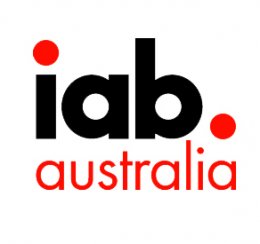

Editors' Note: Many Fast News images are stylised illustrations generated by Dall-E. Photorealism is not intended. View as early and evolving AI art!

Data, privacy,
In digital ad's vast sea,
IAB's decree.

Advertising industry 'somewhat' confident to tackle signal loss, but impending privacy changes not well understood: IAB
The Interactive Advertising Bureau (IAB) Australia has published it's Data Advertising: State of The Nation 2024 report, revealing that the majority of advertising decision makers are at least 'somewhat' confident in their readiness to target audiences at scale (87%) and measure and assess advertising (75%) without 3rd party cookies and identifiers by the end of 2024.
However, the study suggested that the impacts of the changes to the Privacy Act due in August of this year are not yet well understood amongst the IAB's sample. On average, participants ranked themselves 5.7 out of 10 in terms of their understanding of current Australian privacy laws, and 5.3 for their understanding of impending Online Privacy Code and Privacy Act Review in Australia.
The report outlines the findings from an industry survey designed by the IAB Australia Data Council, and conducted in April with 130 advertising decision makers or influencers across agencies, trading desks, media owners, technology vendors, and marketers. Responses were predominantly from advertising buy-side (80%).
Respondents firmly believed in that data was critical (57%) or very important (37%) to commercial success, with geographic and location data and first-party data ranked as the most critical inform targeting and creative.
In response to the changing landscape y is focused on building solutions to operate in a cookieless and more privacy-centric online environment. 52% of respondent companies were increasing their collection of first-party data, 36% were actively communicating and educating consumers on the value exchange for their data, 30% were increasing transparency with consumers on what their business does with consumer data, and 25% were implementing ways for consumers to make choices about the collection of their data.
Market Mix Modelling (46%), contextual targeting (45%), new forms of attribution measurement, data clean rooms (11%) and AI/machine learning/modelling (19%) are the most common tools currently being adopted, explored or tested to managed these changes. Respondent companies were also investing in upskilling staff (60%).
Partner Content from Salesforce
A Guide to Personalised Marketing That Keeps Customers Engaged
Customer Service Makes a Strategic Shift for ANZ Organisations










